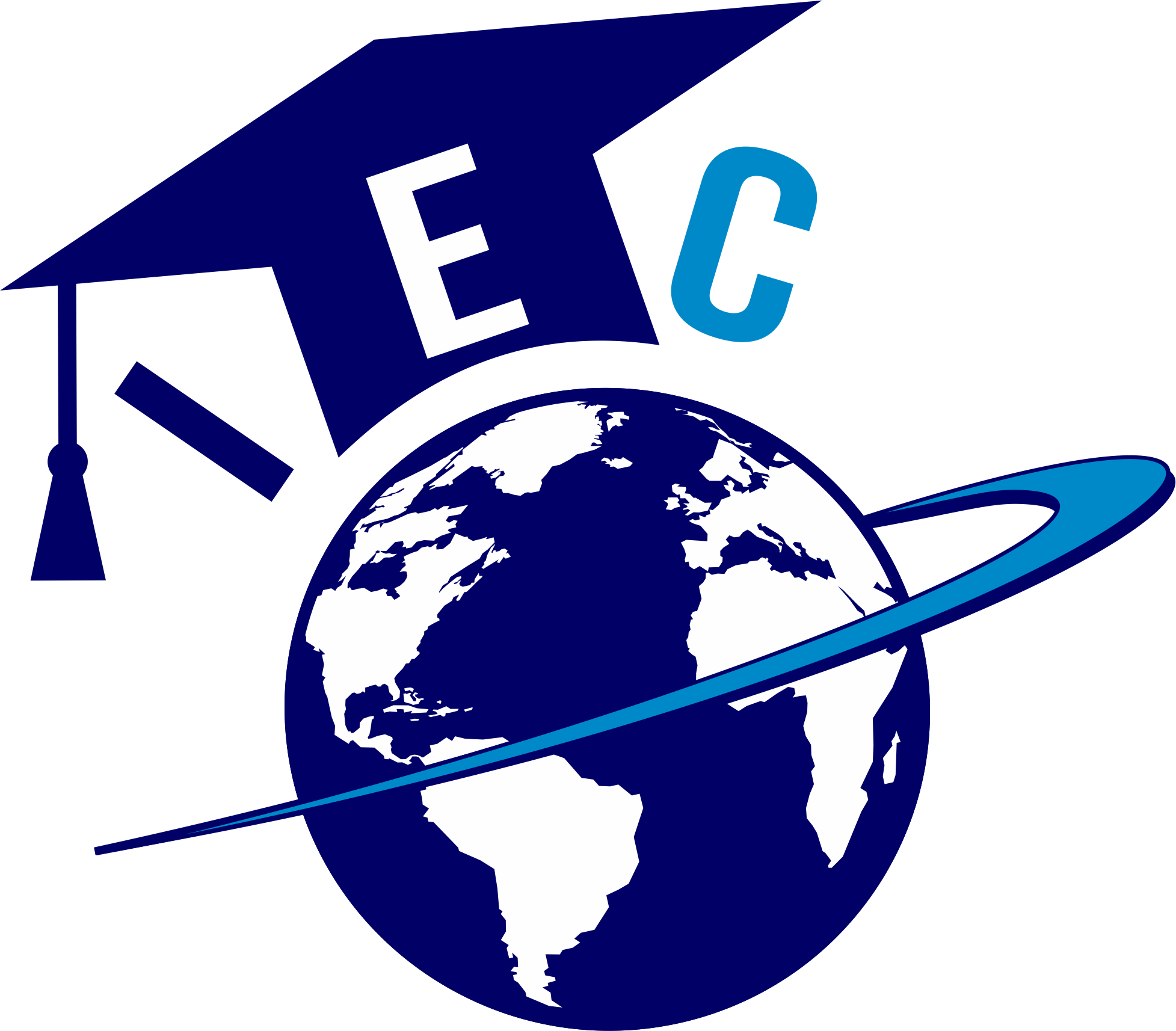LMIA Process and Types

LMIA Process and Types in Canada
Finding a job in Canada is the safest way to immigrate to Canada. By receiving a job offer followed by a work permit and working in Canada, you can quickly and confidently go through the immigration process. For immigration, it is very important in the first place to find a job in Canada, either in highly skilled labor or in a very required specialty. Labor Market Impact Assessment (LMIA) is also called an acceptance letter that a Canadian employer may need to employ a foreign professional. The LMIA is a document usually obtained from Employment and Social Development Canada (ESDC). A positive LMIA result from ESDC indicates that the Canadian employer or business was unable to find skilled workers in Canada to recruit for the vacant position. The purpose of the assessment is to confirm the absence of candidates for the proposed vacancy among the citizens of the state and the need to admit a foreigner, whose work can positively affect the country's economy. The labor market impact assessment is one of the basic documents required by both Canadian employers and foreign nationals. A foreign national will use the LMIA, LMIA number, and job offer letter, contract, and other supporting documents to apply for a work permit in Canada. However, every application requires an individual approach and LMIA types and processes may change according to the program an individual has applied to. This article will explain in detail the difference between LMIA types, processes, and requirements. Not everyone knows that, in fact, the LMIA application also has different streams and the rules for filing for them can be very different. Therefore, first of all, before submitting, you need to decide on a suitable stream, and if several are suitable, then choose the best one in your situation.
LMIA Process and Types and Permanent Residency in Canada
If a human being wants to apply for a permanent residency, an individual will have to apply through the Express Entry system. Canada accepts immigrants, selecting people who will find it easier to adapt to a new country and who have every opportunity to also work for its good. Therefore, federal immigration to Canada works through the well-known Express Entry system, four main components are usually considered: age, education, work experience, and excellent knowledge of English and/ or French. If a person applies for immigration to Canada and obtains a positive LMIA, the applicant's chances of being accepted may improve. This is the easiest type of LMIA because the applicant will only be able to work in Canada if they become permanent citizens. This LMIA is used to assist a foreign national's application for permanent residency. Employers in this situation recruit talented foreign nationals only after their immigration applications have been completed and their permanent residence applications have been accepted. There is no processing cost with this option.

LMIA Process and Types and Global Talent Stream
The Global Talent Stream (GTS) is one of the TFWP (Temporary Foreign Workers Program) streams in Canada. This is a trial initiative designed to assist Canadian businesses and employers in recruiting highly talented overseas workers to improve innovation and help them retain the best employees. In June 2017, the Global Talent Stream pilot initiative was announced. The partnership between Immigration, Refugees, and Citizenship Canada (IRCC) and Employment and Social Development Canada (ESDC) affected its implementation. Furthermore, through the Labor Market Benefits Plan, CIC Global Talent Stream assists expatriate employees in devoting themselves to enhancing workplace diversity. Employers who want to recruit a foreign worker to fill a unique and specialized role can look into Category A of the Canada Global Talent Stream program. An approved referral partner must validate an application from a company who must fulfill specific eligibility conditions to be eligible for the Global Talent Stream Canada program. The Global Talent Stream Category B is excellent for Canadian firms wishing to hire highly competent overseas employees for jobs on the Global Talent Occupations List. As Canadian residents are less accessible to work, such Global Talent Stream occupations are thought to be in great demand by Canadian companies. This LMIA type is only applicable to select occupations (primarily in the IT industry) that need exceptional talent. If you apply for a job that fits under this category, the government will review your application quite fast. One of the benefits of this LMIA kind is that no advertising is required.
LMIA Process and Types and high-wage positions
Depending on whether an employee is categorized as a high-wage or low-wage worker, the process for acquiring an LMIA varies. Temporary foreign employees who are paid below the province average pay are classified as low-paid, while those who are paid over the provincial average are classified as high-paid. Certain rules apply depending on which of these groups the foreign employee belongs to. Salaries paid to temporary foreign workers should be comparable to wages provided to the citizens of Canada and permanent resident employees with equivalent abilities and years of experience recruiting for the same job and area. An employer can find the median salary by inputting the job title or NOC code into the Job Bank website. It is necessary to inquire about the provincial or territorial wage if the median pay is stated as 'not applicable.' If these options are not available as well, it is necessary to ask about the national wage rate.
Employers must also demonstrate that they tried to fill the declared post with Canadians or permanent residents before employing foreign nationals. The employee can apply for a work visa when the company receives a favorable LMIA. If an employer decides to recruit a high-wage foreigner, they must prepare a Transition Plan. The transition strategy is intended to guarantee that the employer looks for foreign workers in line with the program's goals. The program is designed to be utilized as a last option and restricted means of meeting urgent employment demands temporarily in situations when there is a shortage of competent employees among Canadians, while also ensuring that Canadians have priority access to current positions.
LMIA Process and Types and low-wage positions
Companies looking for low-paid workers are not expected to provide a transition plan with the Labor Market Impact Assessment application (LMIA). They must, however, follow a different sequence. The Government of Canada has set a restriction on the number of low-wage temporary staff employed in an effort to restrict access to the Temporary Foreign Worker Program (TFWP), which is subject to prioritizing Canadians for current positions. Furthermore, some low-wage jobs may be ineligible for the LMIA. Employers with ten or more employees must fulfill the temporary low-wage worker limit when applying for a new LMIA. It is crucial for the hiring party to follow the program’s requirements as well as with the set of rules stated in the employer compliance act and research the conditions when they can get the refusal to process an LMIA application.
LMIA Process and Types for agricultural workers
There are two programs under which the ESDC issues LMIA: the Seasonal Agricultural Workers Program and the Agricultural stream. The Seasonal Agricultural Worker Program (SAWP) permits firms to engage temporary foreign workers (TFW) when Canadian citizens and PR holders are unavailable. These businesses can engage TFWs from participating countries for a maximum of 8 months, providing they can give the employees a minimum of 240 hours of labor in 6 weeks or fewer. Work must be connected to primary agriculture and only in particular commodities sectors. This program is exclusively open to citizens of Mexico and the Caribbean countries. The Agricultural Stream allows businesses to hire Temporary Foreign Workers for up to 24 months. The major requirements are that the job must be connected to on-farm primary agriculture and that the production must be held in certain commodity categories included in the commodity list. The employing companies that seek to engage a temporary foreign worker (TFW) under the SAWP or the Agricultural stream must file an LMIA form to ESDC, along with the needed supporting paperwork. Employers are essentially requesting an evaluation of the impact that hiring a TFW might have on the Canadian labor market. As a result, employers must take all of the appropriate measures and submit all of the essential paperwork.

LMIA Process and Types
The labor market impact assessment demonstrates that the firm truly needs to hire such a person because no Canadian employee is qualified to do the job. If the position does not necessitate an LMIA, an employer must make a job offer and pay an employer compliance fee via the IRRC Employers Portal. Furthermore, it is critical to supply the foreigner with a job offer number or LMIA number to assist the employee in completing the application. Some companies, however, are excluded from paying the compliance fee and from making a job offer. After receiving a copy of a job offer, job offer number, or LMIA number, an employee will use these documents to apply for a work visa in Canada. If the foreign citizen is already in Canada, the CIC will mail the work permit to their local post office. A work permit is not valid for a particular period if you are a member of Canada's temporary foreign worker program. The tenure of the temporary foreign worker program in Canada, on the other hand, is determined by the employment offer or contract. The length will be specified in the applicant's LMIA if the company used it throughout the recruiting process. The LMIA processing times under each program are available here.
In case, if you need help with LMIA Process and Types of applications, please fill in application below or contact us directly.

